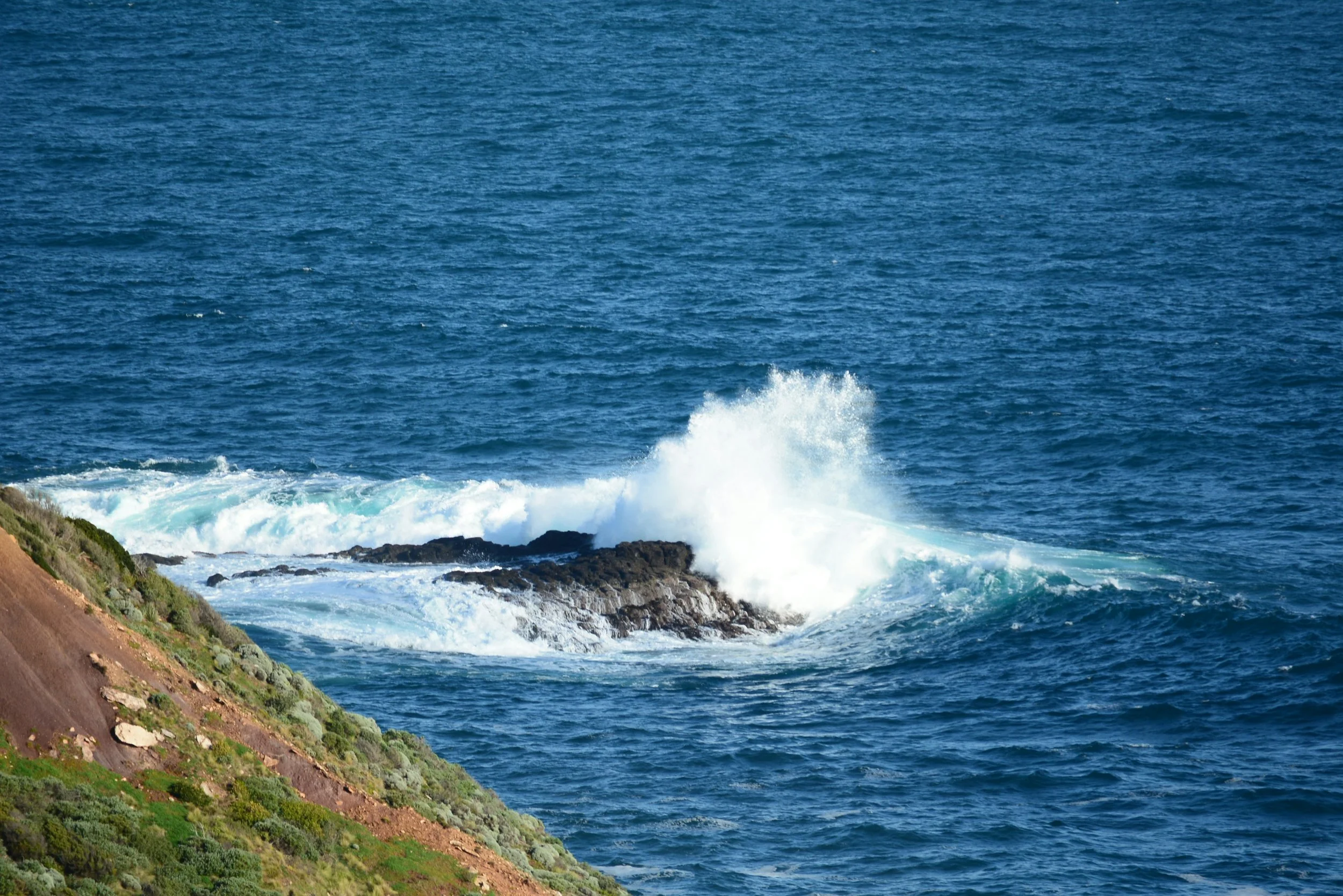
Southern Right Whale (Chile/Peru)
Estimated less than 50 remain.
The Southern Right Whale, Eubalaena australis, is one of the three species of right whales, known for their callosities and slow movements. While large populations are found in the South Atlantic, mainly Argentina, South Africa, and parts of Oceania, a critically small subpopulation exists along the coasts of Chile and Peru. These whales are rarely sighted and are believed to be one of the most endangered right whale groups worldwide, with only a handful of confirmed individuals.
Southern right whales can reach up to 17 meters in length and weigh as much as 50–60 tons. They feed primarily on copepods and krill, filtering prey through their long baleen plates. Like other right whales, they are slow swimmers and spend extended time at the surface, which historically made them easy targets for whalers.
Image credit: Ambroise Louis Garneray
History
During the 19th and early 20th centuries, right whales were heavily targeted by commercial whalers along the Chilean coast. Their slow movements, tendency to float when killed, and predictable coastal migrations made them known as the “right whale to hunt.” By the early 1900s, Southern Right Whales in the Southeast Pacific were nearly exterminated, and their numbers have not shown the recovery seen in other regions. Today, the Chile–Peru subpopulation remains critically small, and sightings are extremely rare.
Geography
Sightings occur sporadically along the coasts of Chile and southern Peru, particularly in nearshore waters. Unlike other populations that have established calving grounds (such as Península Valdés in Argentina, the specific breeding or feeding grounds of this subpopulation remain unknown.
The migratory patterns of these whales are poorly understood. It is unclear whether they connect with other Southern Right Whale populations or remain largely isolated. This uncertainty underscores the urgent need for better monitoring.
Conservation Challenges
Despite their critical conservation status, major gaps exist in the knowledge of the Chile–Peru subpopulation:
Lack of reliable data on movement and congregation sites for feeding and mating.
No systematic collection of sightings from tourism operators, fishers, or coastal communities.
Absence of a consistent photo–identification catalogue to track individuals.
No reliable genetic or DNA data to determine whether these whales are connected to other populations or form a unique genetic group.
Needed Action
Long–term, dedicated monitoring is essential to ensure their survival:
Acoustic monitoring to detect whale presence in remote areas.
Aerial and drone surveys to document sightings and behaviours.
Systemic data collection from community–based sighting networks with fishers and tourism operators.
Photo ID and genetic studies to build reliable databases of individuals.
Only with sustained conservation support can we begin to understand and protect this rarest group of Southern Right Whales.
Regional Partner
Upcoming Short Film: Fighting for Survival
Learn more about the story, challenges, and opportunities of this subpopulation of Southern Right Whale, directly from conservation experts working with the species in the coast of Chile.
Protect What We Still Have
Support our mission to protect the species that need it most.




